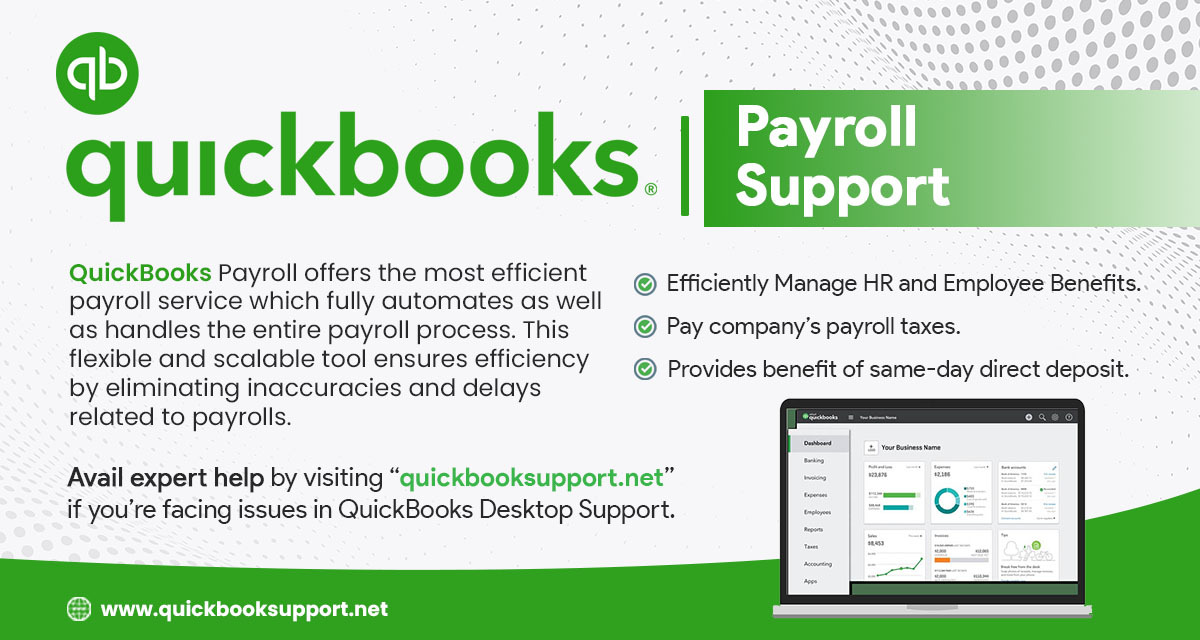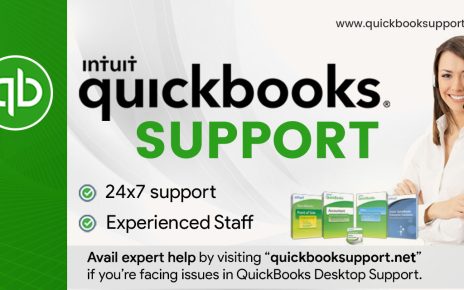Introduction:
Payroll management is a crucial aspect of any business, ensuring employees are compensated accurately and on time. QuickBooks Desktop, with its robust features and user-friendly interface, offers a seamless solution for processing payroll efficiently. In this guide, we’ll walk you through the steps to effectively process payroll on QuickBooks Desktop, ensuring accuracy and compliance with tax regulations.
Step 1: Set Up Payroll Preferences
Before diving into payroll processing, it’s essential to configure your payroll preferences in QuickBooks Desktop. Navigate to the Preferences menu and select Payroll & Employees. Here, you can customize settings such as payroll schedules, tax preferences, and employee deductions to align with your business requirements.
Step 2: Add Employees
Next, add your employees to QuickBooks Desktop by entering their relevant information, including name, address, Social Security number, and withholding details. QuickBooks allows you to categorize employees as salaried or hourly, making it easy to calculate their wages accurately.
Step 3: Enter Employee Hours and Earnings
For hourly employees, input their hours worked during the pay period directly into QuickBooks Desktop. You can also specify any overtime hours or bonuses earned, ensuring precise calculation of wages. QuickBooks automatically calculates gross pay based on the entered hours and earnings.
Step 4: Verify and Review Payroll Details
Before processing payroll, review all entered information to ensure accuracy. Double-check employee hours, earnings, and deductions to avoid any discrepancies. QuickBooks provides detailed reports and previews, allowing you to verify payroll data before finalizing.
Step 5: Process Payroll
Once you’ve reviewed and confirmed payroll details, it’s time to process payroll in QuickBooks Desktop. Simply navigate to the Pay Employees menu and select the appropriate payroll schedule. QuickBooks will calculate employee wages, taxes, and deductions automatically based on the entered data.
Step 6: Print Paychecks or Enable Direct Deposit
After processing payroll, you have the option to print physical paychecks for your employees or set up direct deposit through QuickBooks Desktop. Direct deposit streamlines the payment process, offering convenience for both employers and employees while reducing paperwork.
Step 7: File Payroll Taxes
QuickBooks Desktop simplifies payroll tax compliance by automatically calculating and withholding federal, state, and local taxes. It also generates tax forms such as W-2s and 1099s, eliminating the hassle of manual calculations. Ensure timely submission of payroll taxes to avoid penalties and maintain compliance with tax regulations.
Step 8: Stay Updated on Payroll Regulations
Payroll tax laws and regulations are subject to change, so it’s crucial to stay informed and updated. QuickBooks Desktop provides regular updates to ensure compliance with the latest tax requirements. Additionally, consider consulting with a tax professional or accountant to navigate any complex payroll issues.
Conclusion:
Processing payroll on QuickBooks Desktop offers a streamlined solution for businesses of all sizes, enabling efficient management of employee compensation and tax obligations. By following the steps outlined in this guide and leveraging QuickBooks’ powerful features, you can ensure accuracy, compliance, and peace of mind in payroll processing.
Call QuickBooks Desktop Support @ 1-888-965-3055 offers a range of customer support options to address users’ issues promptly and effectively. Whether users prefer live chat, phone support, or exploring a comprehensive knowledge base, QuickBooks Support is committed to providing the assistance needed to keep financial operations running smoothly.



